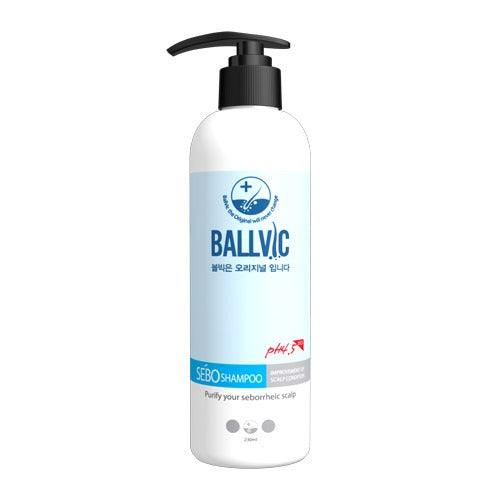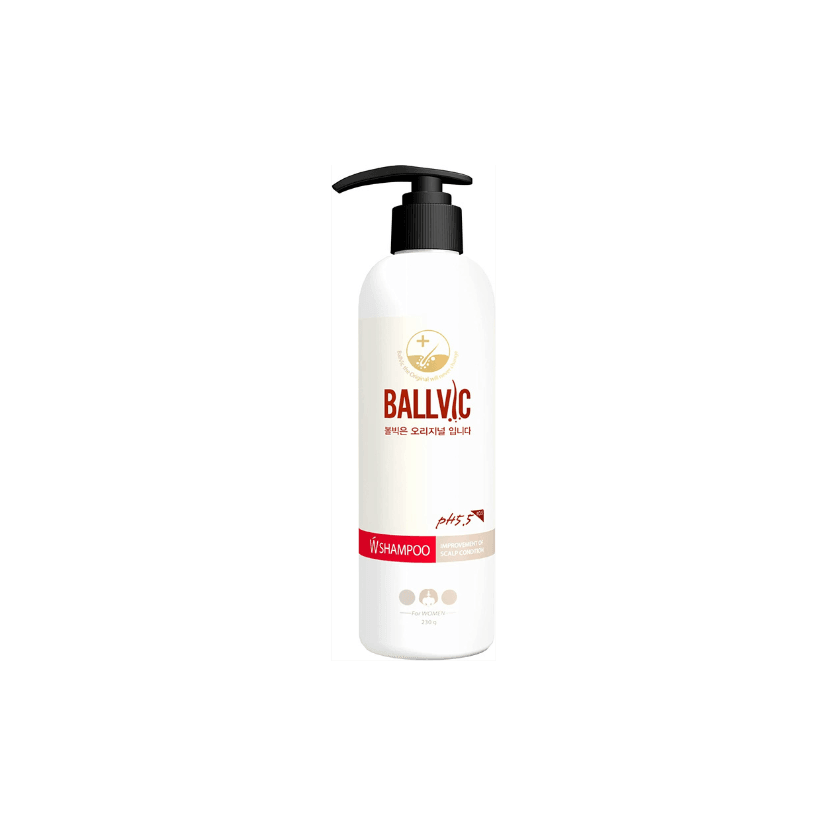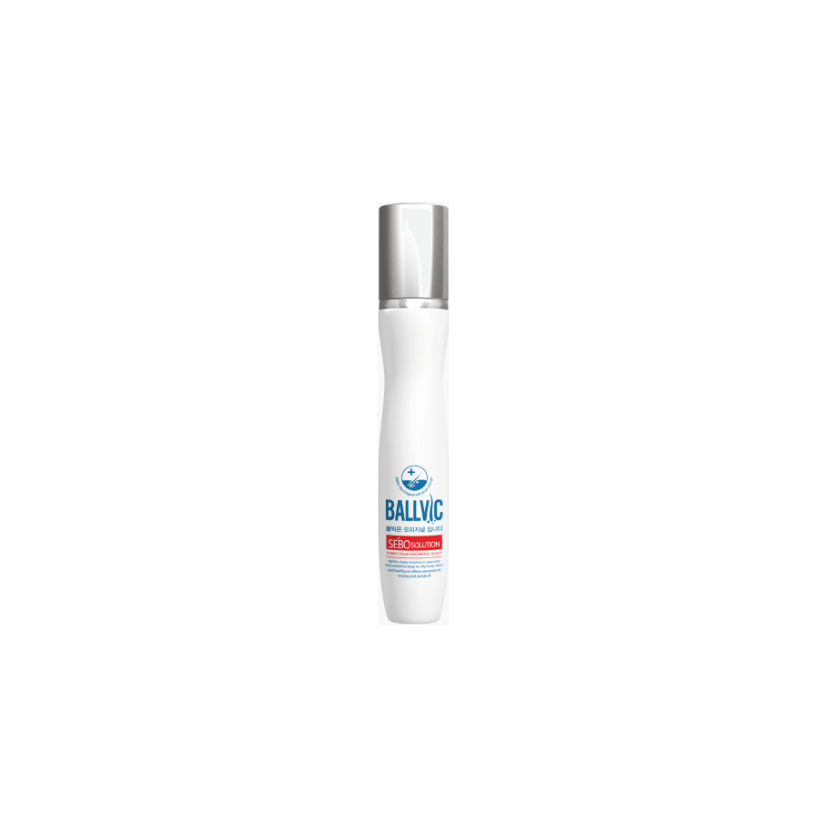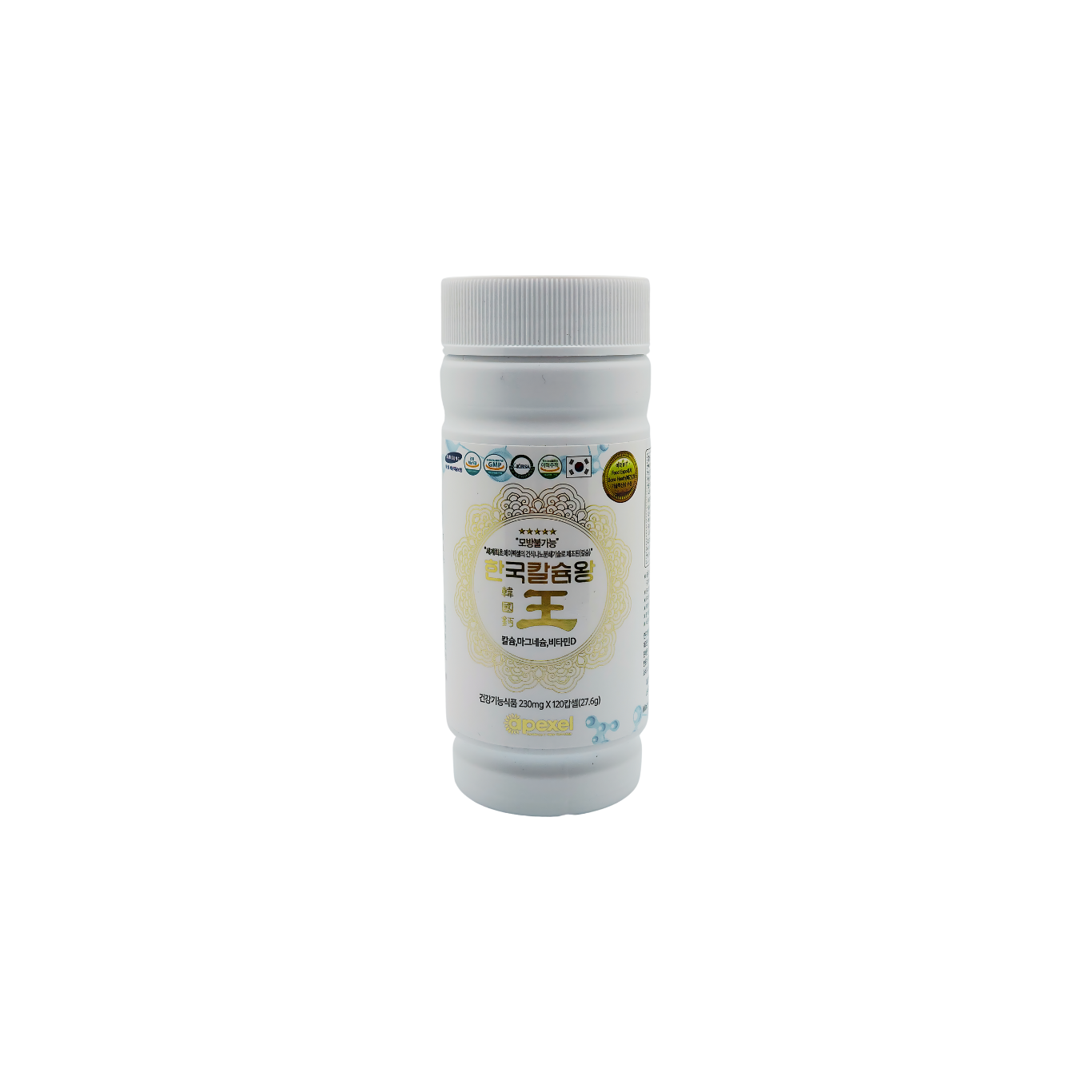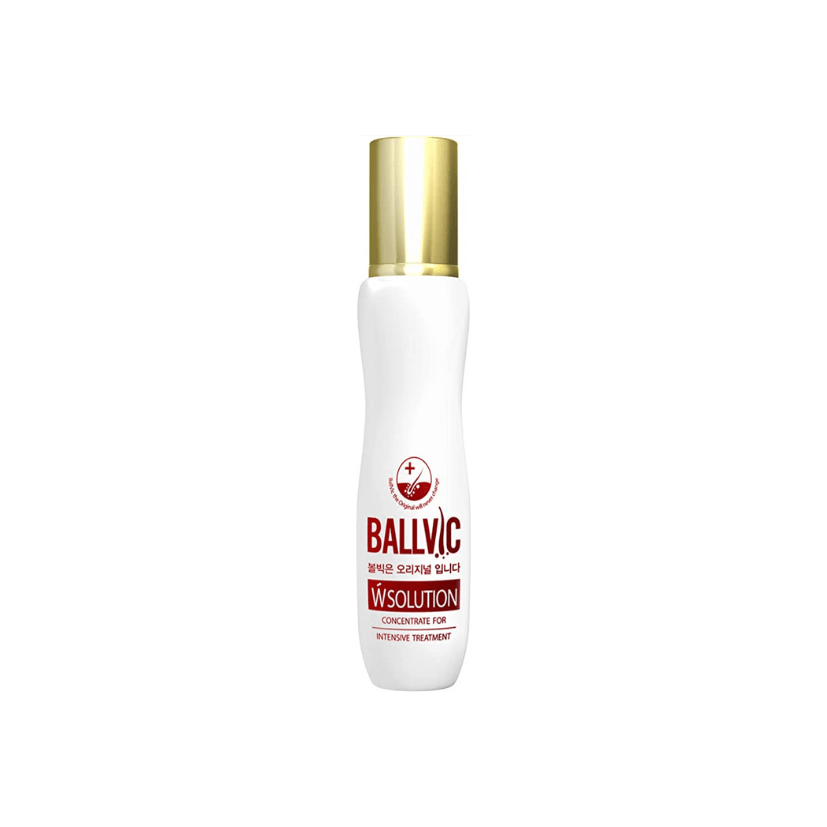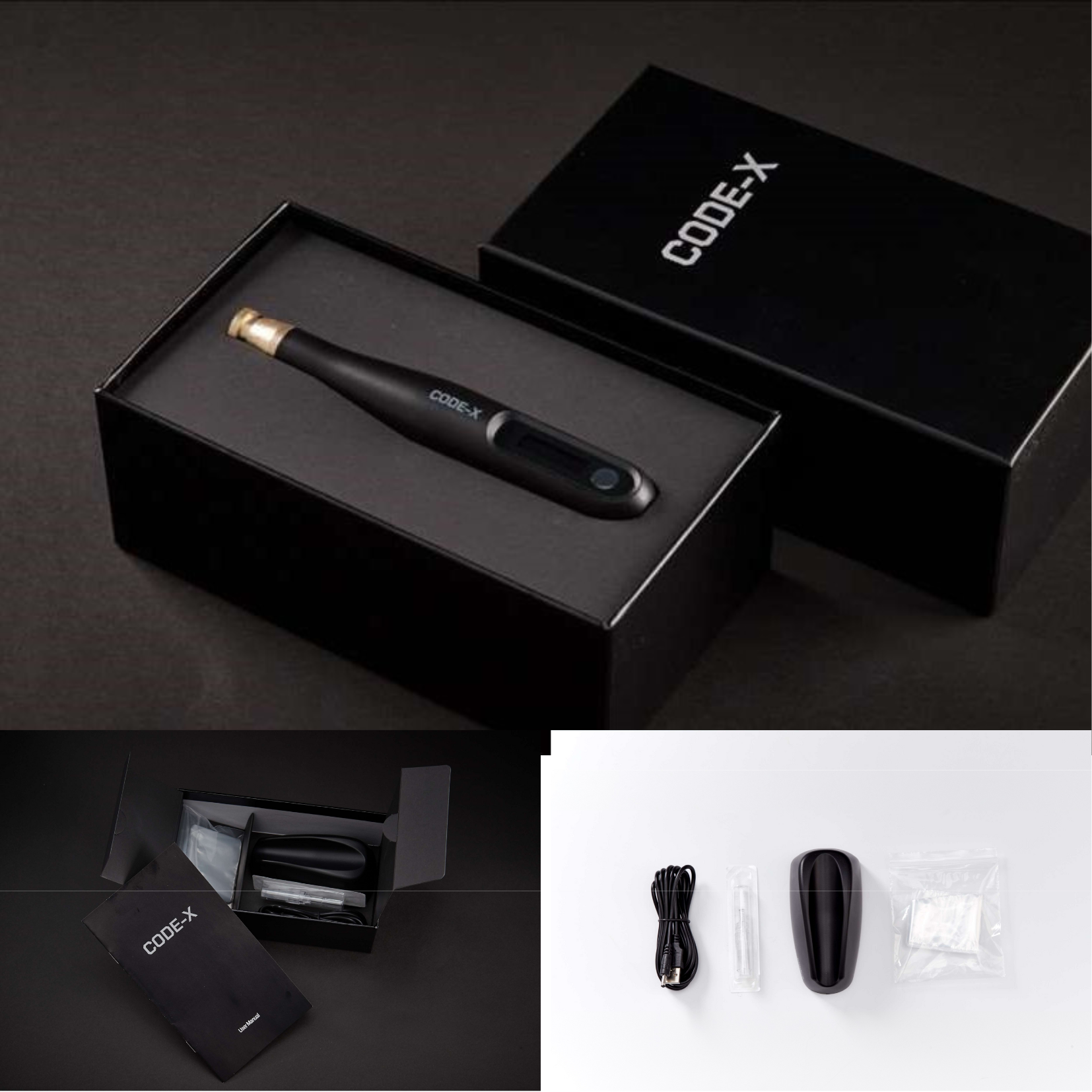Robert's Insights: What are Liposomes and how do they impact your skincare routine?
Liposomes protect, transport, and release your drug or ingredients at the right place and time. “The history of liposomes goes back to mid-1960s and credit of their birth goes to Banghamand and his coworkers, who...

